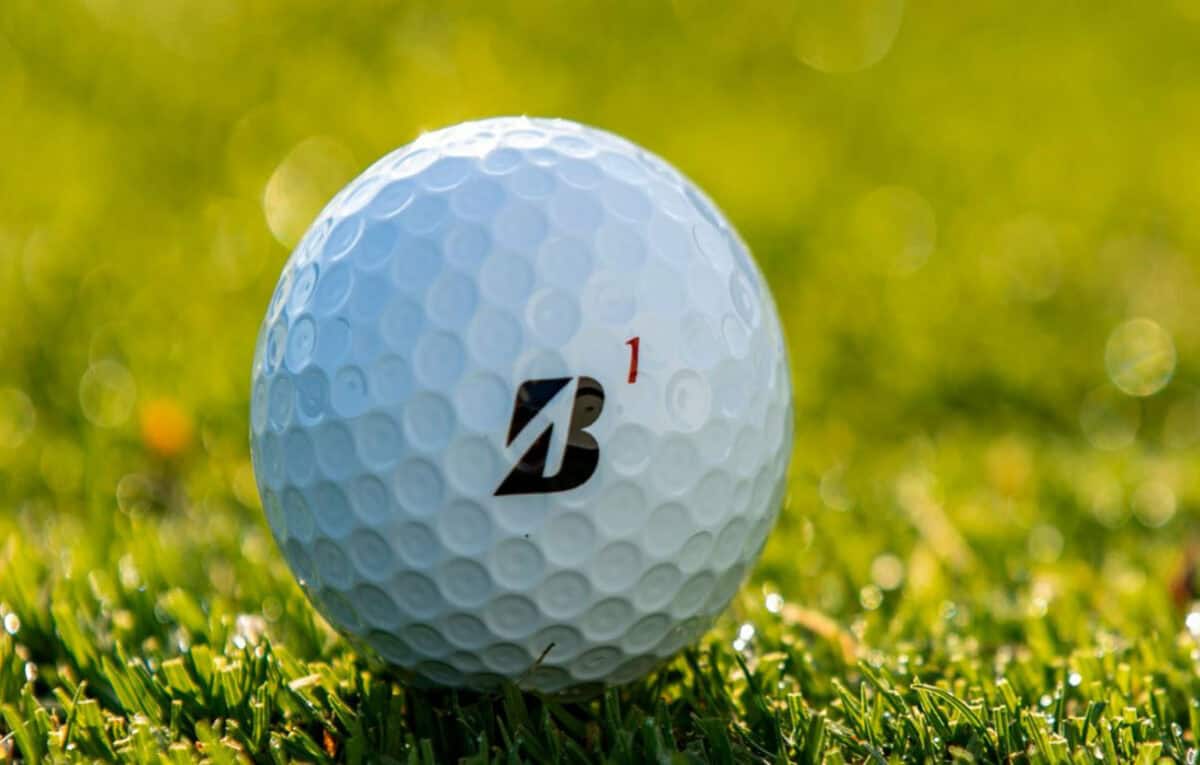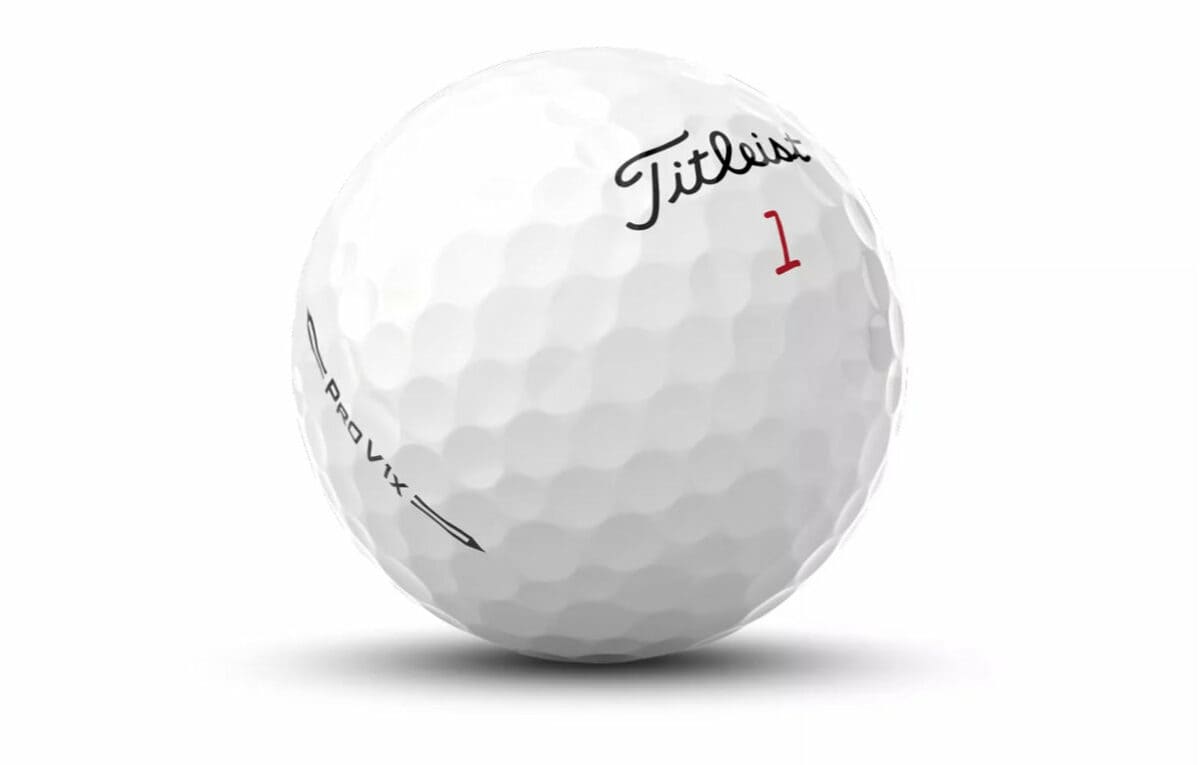What is the Best Cold Weather Golf Ball?
For avid golfers, cooler weather is no excuse to pack away the clubs. Cold conditions do require adapting your gear, especially golf balls. The best cold-weather golf balls have key features to deliver performance in low temperatures.
Let’s examine how cold impacts balls and review the top cold weather models from leading brands like Titleist, Callaway, Bridgestone, and more. We’ll see what separates the best golf balls for cold conditions.

How Temperature Impacts Golf Balls
Before recommending specific models, it’s helpful to understand how dropping temperatures affect golf ball performance:
- The ball loses compression and becomes firmer, reducing driver distance.
- Colder air creates less lift, lowering flight and exaggerating the curve.
- Dense air increases drag, slowing the ball more quickly.
- The cover hardens, reducing greenside spin, feel, and control.
- Moisture can accumulate on the exterior from humidity and dew.
While all balls suffer in cold, cheaper recreational balls tend to struggle more than premium designs. Keeping performance up in cold weather requires utilizing smart construction and materials.
Features of the Best Cold Weather Golf Balls
The top golf balls for cooler temperatures and wintry conditions share common traits that help them thrive when the mercury falls:
- Softer compression cores – Maintain liveliness when contracted in cold air.
- Low-drag dimples – Sustain velocity in dense air for distance.
- Soft covers – Preserve feel and enhance short game spin.
- Advanced coatings – Prevent moisture from accumulating on the exterior.
- Bright colors – Increase visibility in low light and against the snow.
Now let’s see some standout cold-weather golf balls that utilize these performance-preserving features.

Titleist Pro V1 & Pro V1x
As the #1 ball on tour, Titleist’s premium Pro V1 line shines in cold weather. The multi-component urethane-covered balls utilize a soft compression core and low-drag dimples to retain distance.
Available in high-viz colors like orange and yellow, their durable covers continue grabbing wedges in cold conditions. For premium cold weather performance, the Pro V1 and Pro V1x are top choices.
Callaway Chrome Soft & Chrome Soft X
Callaway’s Chrome Soft line maximizes playability in cold with a Graphene-infused core for a soft feel and ample greenside spin from wedges.
The urethane cover promotes control, while the high launch reduces temperature effects on the flight. With a vibrant white/yellow color option, the Chrome Soft and X cold weather capabilities rival the Pro V1.
Srixon Z-Star & Z-Star XV
Constructed for stability, Srixon’s Z-Star balls stay firmer in cold weather to maintain their tour performance.
The Energetic Gradient Growth core and SpinSkin coating work together to sustain low drag and a soft feel when temperatures plummet. If you play a tour-caliber ball, the Z-Star models warrant a look for winter.

TaylorMade TP5 & TP5x
Featuring a 5-layer design, TaylorMade’s TP5 balls combine a responsive core, urethane cover, and Tour Flight Dimples to retain their superb distance and greenside control in cold conditions.
The TP5x design offers a slightly firmer feel while still delivering a soft spin on approach shots into cold greens.
Bridgestone Tour B RX & RXS
Bridgestone’s urethane-covered tour balls utilize the brand’s proprietary Reactiv cover technology to maintain a soft feel and longer flight times in colder temperatures.
The 3-piece construction resists going rock hard when cold. The enhanced aerodynamics increase downrange distance in winter weather.
Wilson Duo Soft+
For a value-priced alternative, the Wilson Duo Soft+ provides impressive cold-weather performance. Its low 55 compression core stays resilient when temperatures drop to prevent losing yards off the tee.
And the soft Ionomer cover keeps the spin and feel high with wedges out of winter rough.
Trying Cold Weather Balls Yourself
While these models top our list, it’s smart to test different balls yourself in chilly conditions and compare results.
Track distance, flight and spin while evaluating feel. See if premium balls do retain their benefits over cheaper options when the temperature dips. Dialing in your cold-weather golf ball helps lower scores during winter play.
Other Tips for Golf Balls in the Cold
Beyond using a specialized cold weather ball, a few extra tips can help combat temperature effects:
- Carry a birdie bag of hand warmers to warm balls on the course before play.
- Rotate through more balls during the round as they lose liveliness.
- Store balls indoors and avoid leaving them in cold car trunks.
- Switch to a lower compression ball if struggling for distance.
- Use orange or yellow colors for visibility against dormant grass and snow.
- Apply special winter-specific coatings to protect balls in wet snow.
So having the right cold-weather golf balls and caring for those balls makes a significant difference.
Keep Playing Through Winter
Frigid conditions definitely hamper golf ball performance across the board. But utilizing balls engineered to retain their flight, spin, and feel characteristics can offset most negative effects.
While many golfers stow their gear when the weather turns, true fanatics look forward to bundling up and hitting the links year-round.
Having the proper winter-ready golf ball to match playability with freezing temperatures lets you extend the golf season.
So next time winter hits, don’t resign yourself to a hiatus. Instead, stock up on some of the best cold-weather golf balls and keep chasing birdies no matter what the forecast calls for.
